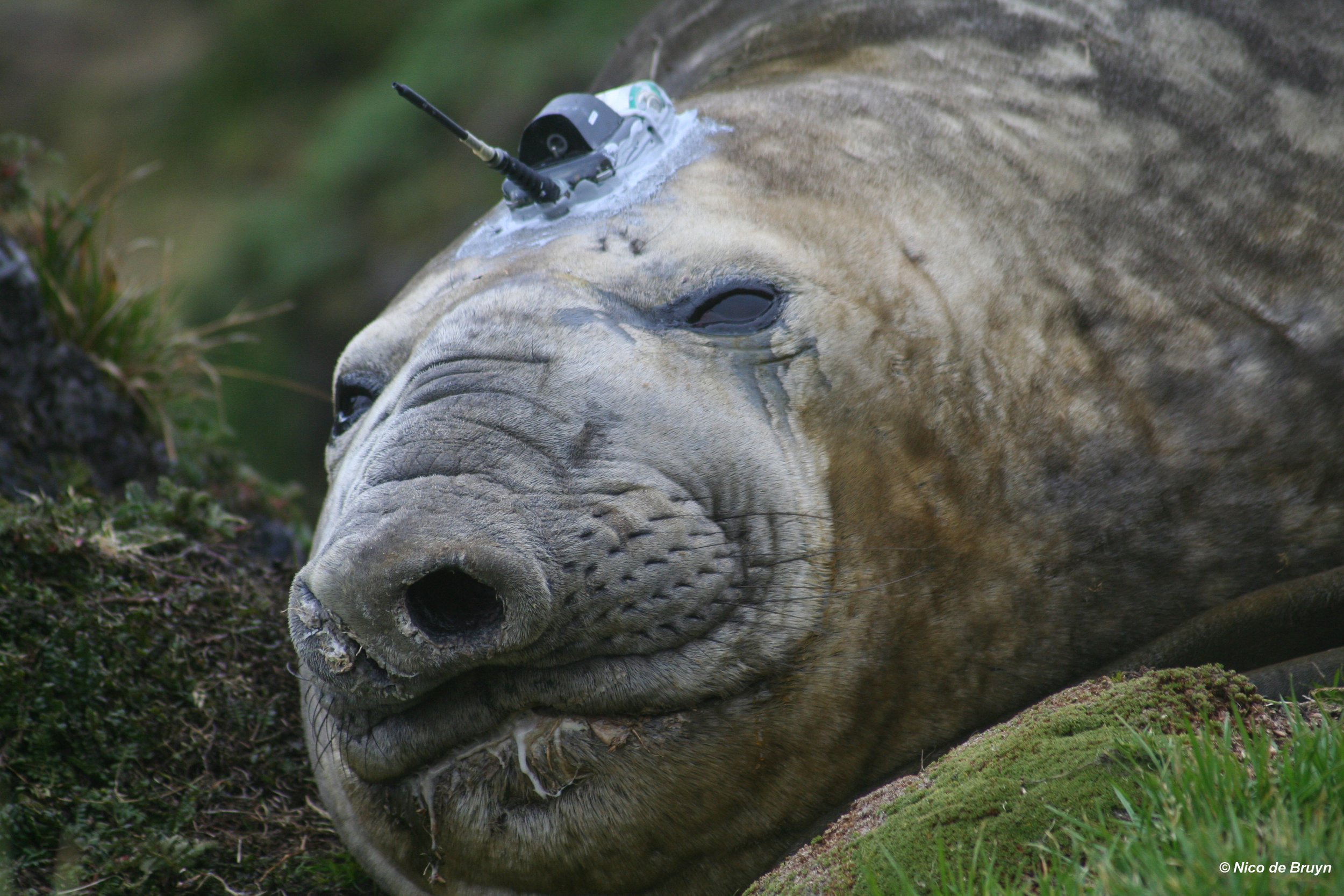The Effect of Satellite Tagging and Biopsy Sampling on Killer Whales
/Satellite Tagging and Biopsy Sampling of Killer Whales at Subantarctic Marion Island: Effectiveness, Immediate Reactions and Long-Term Responses
PLOS ONE 9(11): e111835
Cetaceans spend the vast majority of their lives under water and are highly mobile and often wide-ranging, which makes them a challenging taxon to study. Two field methods – tissue biopsy sampling and satellite-linked telemetry (or satellite tagging) – are becoming widely used in cetacean studies because they allow the collection of data which are difficult or impossible to obtain by other means. Tissues obtained by biopsy sampling can be used for a range of analyses including genetics, stable isotopes, fatty acids, contaminants, hormones and trace elements and can so address aspects such as population structure, diet and animal health. Satellite tagging can elucidate the movement, distribution, behaviour and habitat use of cetaceans in relation to their physical environment. Such data are critical to understanding the ecology of a species and its environmental role and, consequently, are vital to conservation or management efforts. The need for such information is particularly acute given the anthropogenic pressures many such populations and species face.
However, researchers must carefully consider their methods not only from an animal welfare perspective, but also to ensure the scientific rigour and validity of their results. The latter point is critical where methods may affect the subsequent behaviour or performance of individuals, thereby biasing the results obtained. From an ethical perspective researchers have an onus to assess the tradeoffs between the ‘importance’ of research, its likely benefit and its effect on animals before conducting work; from a scientific perspective the responsibility is to design robust and valid studies. Researchers should further evaluate animal effects and research methods post-hoc, refine these where needed and, importantly, publish such results.
We have been satellite tagging and biopsy sampling killer whales at Marion Island since 2011 and in our new paper in PLOS ONE we looked at the immediate reactions of the animals to being tagged or sampled and whether killer whales showed any longer term responses.
We never observed severe reactions to tagging or biopsy sampling, there was typically no observable reaction or a flinch, shake of the body, some acceleration and/or an immediate dive. We analysed individual sighting histories over several years, and we could detect no significant mid- (1 month) or long-term (<24 months) changes in killer whale occurrence where we tagged and biopsy sampled.
However, we will continue long-term monitoring of individuals after biopsy sampling and tagging to provide continuous assessment of potential impacts on the study animals. We recommend that such monitoring should be implemented in other studies where animals are biopsied or tagged, especially considering the increased use of these methods.
Read the full paper in PLOS ONE:
http://dx.doi.org/10.1371/journal.pone.0111835
This is an emotive issue which is likely to elicit some strong responses.


















